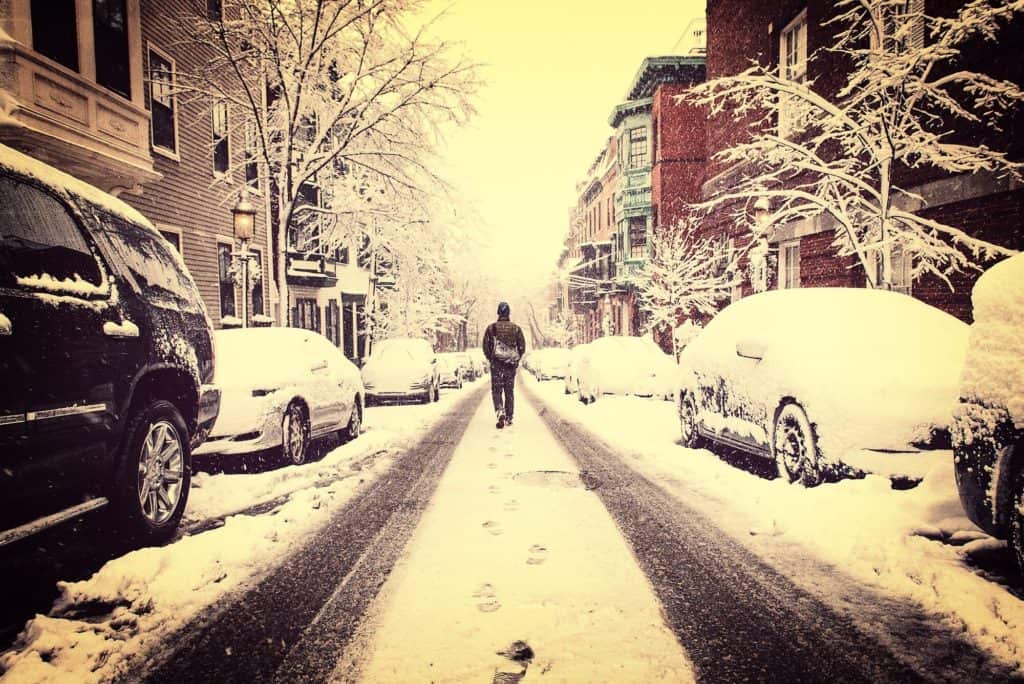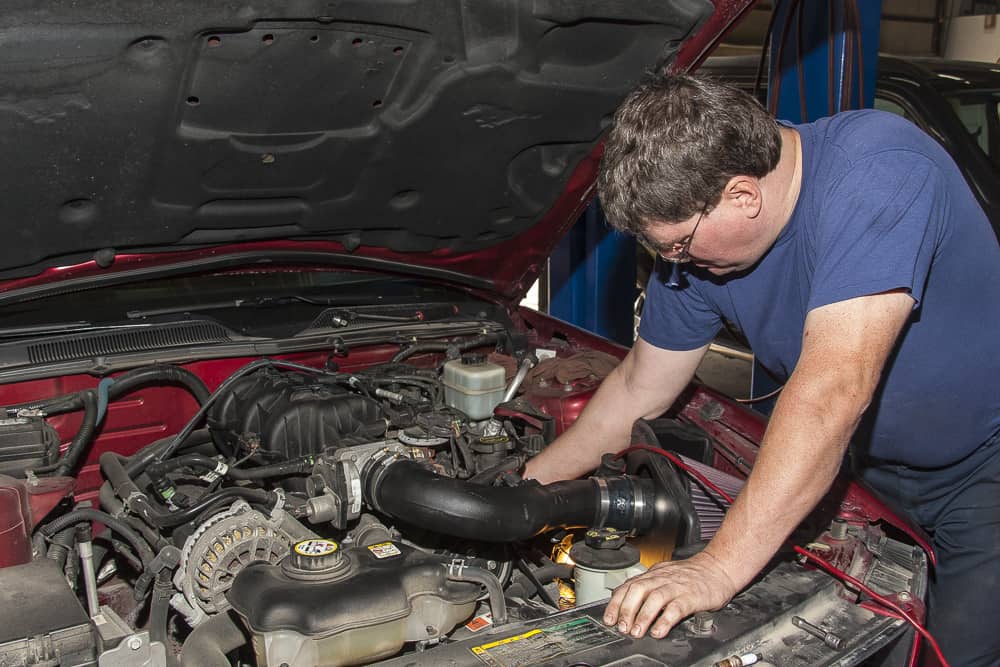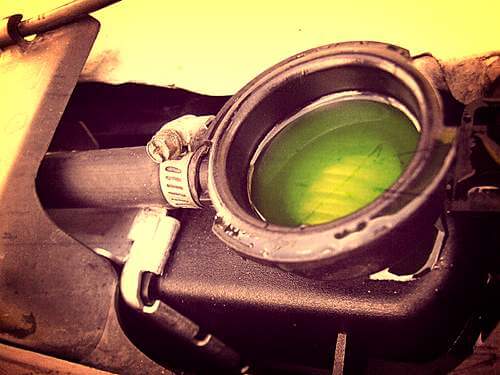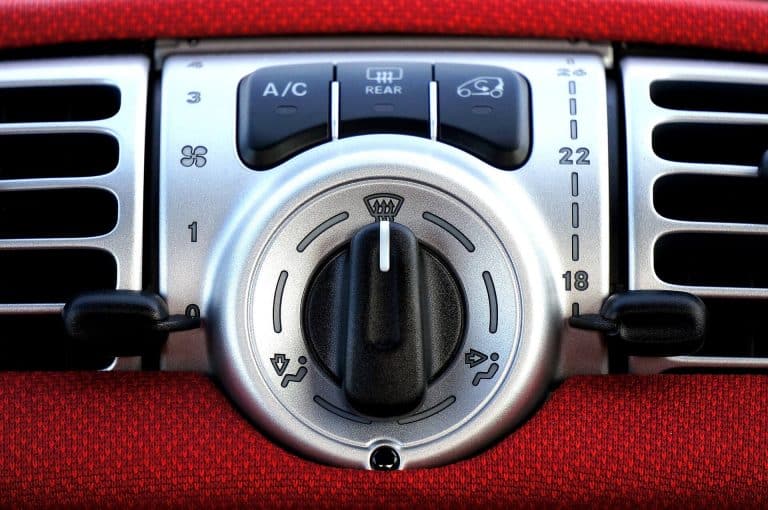Debunking Winter Driving Myths
Debunking Winter Driving Myths
 As the winter season approaches, it is a brilliant idea to take some time out of your busy day to get your vehicle ready for the cold snap. Winter conditions bring a lot of driving issues which motorists must overcome. From poor traction to frosted windshields, slippery ice, and tons of snow, it can be hard to navigate for many winter months, but being from Manitoba we hear a lot of strange winter driving tips so let us help you debunk winter driving myths.
As the winter season approaches, it is a brilliant idea to take some time out of your busy day to get your vehicle ready for the cold snap. Winter conditions bring a lot of driving issues which motorists must overcome. From poor traction to frosted windshields, slippery ice, and tons of snow, it can be hard to navigate for many winter months, but being from Manitoba we hear a lot of strange winter driving tips so let us help you debunk winter driving myths.
As most drivers rush to get to their destinations, they often ignore dangerous driving conditions. Through appropriate precautions, you can improve your winter driving. It is essential that you protect your vehicle from the elements and that you have sufficient knowledge and tools to drive safely during winter.
What is more significant, is to understand the dos and don’ts of winter driving. However, there are several winter driving tips out there which do not necessarily hold water. The level of misinformation out there about driving in the snow is shocking. Therefore, rather than heeding the words of each myth you hear, ensure you are following safe driving practices during winter.
Today, we will debunk some of the eight craziest winter driving myths doing the rounds out there, to assist you to drive safely throughout the long, dark winter months.
1. Deflating Your Tires Slightly Provides Better Traction In Snow
Reducing pressure of your tires when driving in snow will not provide you better traction. In fact, it will probably worsen things, and certainly more hazardous. Driving with partially deflated tires will raise the risk of premature wear, and could even cause a blowout — not suitable for extreme freezing conditions.
Before you start a long journey, you should always ensure your tires are at the proper pressure as stated in the car manual. If you experience a puncture while on the move, keeping a can of Tyreweld Emergency Car Tire Repair in your boot will assist you to get moving as quickly as possible.
2. Winter Tires Will Not Offer Any Benefit
While this is a common myth, it’s not necessarily true. Winter tires made of rubber works very well in freezing conditions. Also, their tread tends to carry away water better than all-weather tires -lowering the risk of aquaplaning.
3. Four-Wheel Drive Vehicles Are Invincible in the Snow
It is a common winter driving myth, but one that needs debunking – four-wheel drive cars are invincible in the snow. Despite benefiting from enhanced traction, anybody who owns a 4X4 will attest this is not true.
Of course, they might offer slightly better grip than your standard 2WD vehicle. However, they still take much longer period to stop in icy and snowy conditions -a fact that can catch out new drivers quickly. When you’re driving in snow, you should accelerate and brake gently, and leave enough of space between yourself and the vehicle in the front.
4. Rubbing Vinegar On The Wiper Blades Will Extend Their Life In Winter
Coating your windscreen wipers will not provide you a clearer windscreen or extend their life. If your wipers are operating in unfavourable conditions, then you should replace them. New wipers are affordable, and you do not require to be a specialist to fit them. Given how you will depend on them during winter, investing in new wipers is a small cost to pay.
5. Pouring Boiling Water On Your Windscreen is the Easiest and Quickest Way to Clear It
When you leave your house in a mad rush on a morning of cold winter, it can be very irritating to find your vehicle caked in an ice layer. But, do not be tempted to reach for a kettle; pour boiling water on the windscreen, and you risk it breaking due to the extreme temperature change. Instead, spray deicer over the car windows and use an ice scraper to get rid of any stubborn ice patches.
6. Start Up Issues Always Stem from the Car Battery
It is true — some car batteries do not like winter, but that isn’t to say they are the only cause of starting problems. From fuel problems to frozen cooling systems; there are several things which can go wrong underneath the bonnet when temperatures reduce. We would advise you to carry a bottle of Bradex Easy Start in your vehicle for when it fails to start, and you are late for a crucial meeting.
7. You Should Use Your Fog Lights in Snow, Fog and Heavy Rain
While it can be tempting to flick on your fog lights when adverse weather strikes, you should only do so if you experience low visibility. Fog lights are much brighter than standard car lights, and can easily dazzle other motorists if used at the wrong time. Unless the fog resembles pea soup, you shouldn’t use your fog lights; your average headlights will work well.
8. You Should Turn Off Traction Control When It Snows
Many traction control systems (like DSC, ETC, ESP) can apply the brakes in response to spinning wheels or lower engine power. When driving in winter, it’s particularly beneficial to keep traction control systems active as they’re much more capable of maintaining optimum traction (and keeping you on the road) than many humans.
However, there are situations when a decrease in power can deter progress (when stuck in deep snow, for instance), and only then should these systems be switched off temporarily. If you’ve tried to pull away unsuccessfully – try switching the systems off and having another go. If this does not work, you will have to consider your choices.










